英语听力课堂(www.tingclass.net)是公益性质的英语学习网站,您可以在线学习英语听力和英语口语等,请帮助我们多多宣传,谢谢!
关于动物大脑的冷知识,绝对大开眼界!
2017-10-20 08:41:00 每日学英语
1. Squids have doughnut-shaped brains.
乌贼的大脑结构就像甜甜圈。
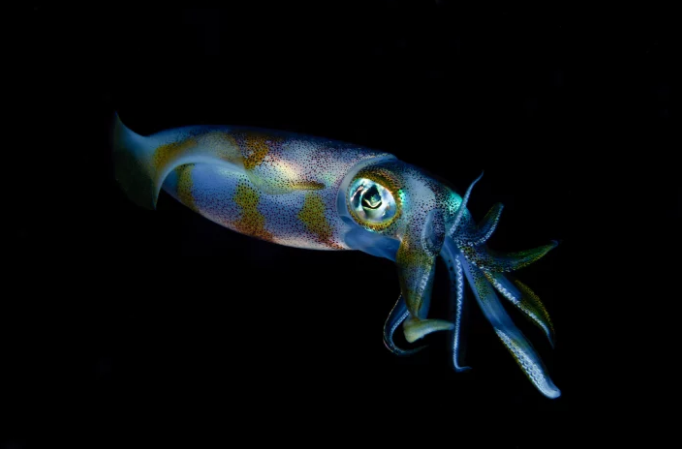
(Note: this photo is not of a giant squid. Pictures of giant squids in their natural habitat are hard to come by! Please accept this cute photo of a regular squid instead.)
(注:这张照片不是巨型乌贼。因为在自然环境下,巨型乌贼的照片很难拍到!所以就请大家暂时观看这张普通鱿鱼的照片吧!)
So giant squids have brains the shape of doughnuts. Not only that, but their esophagus runs directly through the hole in their brain. Because of this, squids have to bite their food into small pieces so the meal can fit through the esophagus. If the food is too big, it can scrape against their brain and cause damage. :(
巨型乌贼的大脑结构就像甜甜圈。此外,它们的食道可以直接通过一个洞连接大脑。因此,乌贼需要把食物咬成小块以便顺利通过食道。如果食物太大,可能会刮伤大脑并造成伤害。:(
2. Leeches have 32 brains.
水蛭有32个大脑
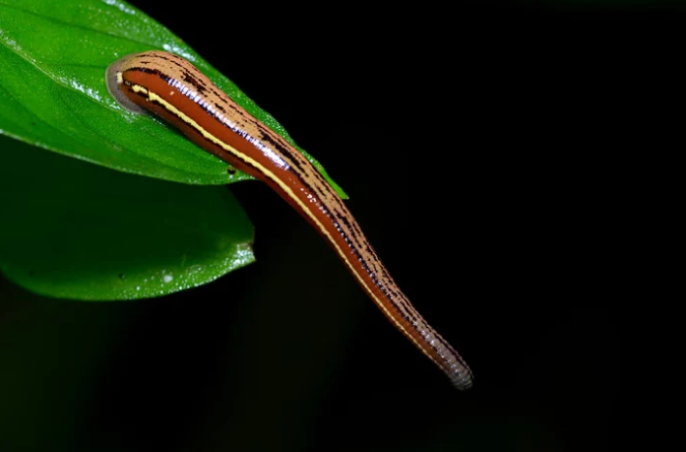
A leech's internal structure is divided into 32 separate segments, and each of these segments has its own brain.
水蛭的身体可以分为32个部分,且每个部分都有各自的大脑。
3.Sea squirts eat their own brains.
海鞘吞食自己的大脑
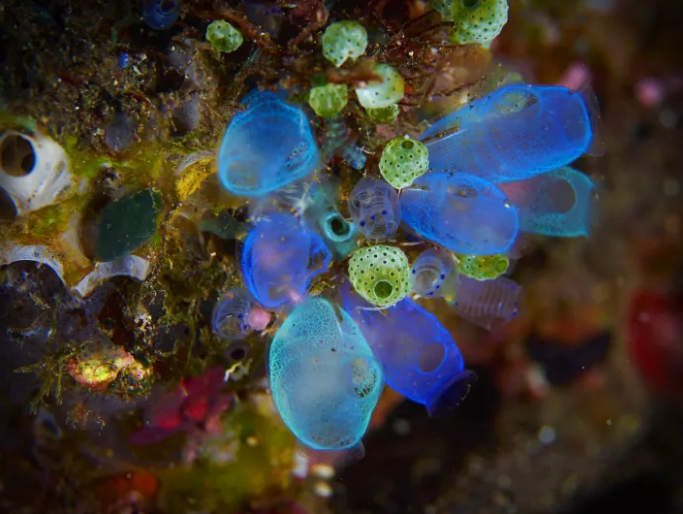
The life of a sea squirt is as follows: it comes into this world as an egg that quickly turns into a tadpole-looking thing. It has one eye, a spinal cord, a tail, and a primitive brain that helps it move around. Once it finds its forever home (ocean floor, rock, boat), it attaches itself to said home. It then proceeds to eat its own brain, absorbing its tadpole-like body, and eventually turning into this creature.
海鞘的“一生”:最初是一个卵,后快速地成长为蝌蚪一样的生物。有一只眼睛、一条脊髓、一条尾巴和一个支持四处活动的原始大脑。一旦它找到了它永远的家(海底,岩石,船),它就附着它的家上。然后它会吞食掉自己的大脑,吸收蝌蚪般的身体,最终变成这种生物。
4.An ostrich's brain is smaller than its eyeball.
鸵鸟的大脑比它的眼球小
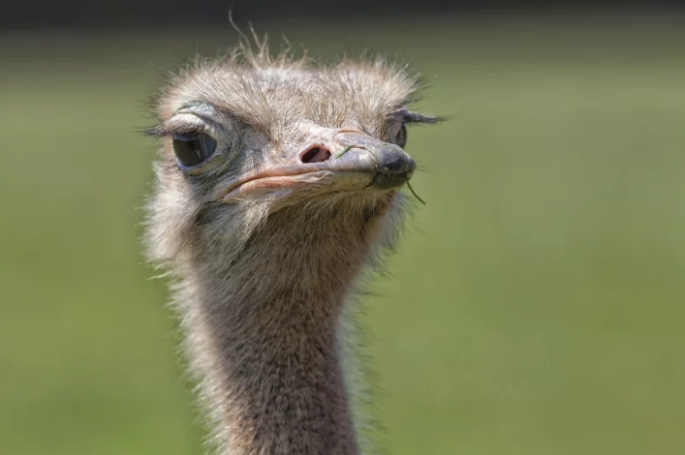
So, one ostrich eyeball is the size of a billiard ball (around two inches in diameter). Now imagine two of those in an ostrich's head. Its eyeballs are so large that there is only a little room for its brain. So because science is science and evolution is weird, an ostrich's brain is smaller than its eyes — which makes sense considering it runs in circles to "escape" from predators.
鸵鸟的眼球大约有一个台球那么大(直径约2英寸,5厘米)。现在想像一下,鸵鸟的头上有两个“台球”。 它的眼球太大了,所以大脑只有一点空间。 所以科学只是科学,进化则相对奇怪,鸵鸟的大脑比它的眼球要小——这也使它不属于“食肉动物”的范畴。
5. Starfish don't have a centralized brain.
海星没有位于中心部分的大脑
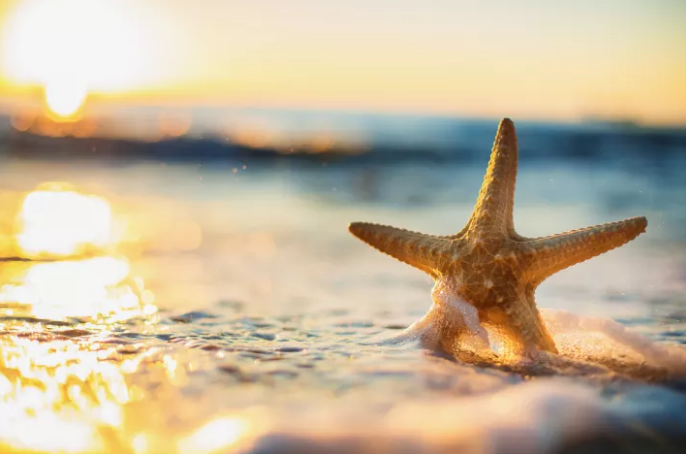
The starfish's anatomy is super fascinating. Starfish use sea water (instead of blood) to pump nutrients throughout their bodies. And its central nervous system is distributed throughout its legs (or arms, who am I to say?), so it technically doesn't have a localized brain.
海星的身体构造非常迷人。海星用海水(而不是血液)来输送体内的营养物质。它的中枢神经系统的分布于腿 上(或胳膊上,额...该怎么说呢?)因此,严格来说,它没有位于中心部分的大脑。
6. Male and female stickleback fish have different size brains.
雄性和雌性刺鱼有不同大小的大脑

Male stickleback fish have bigger brains than their female counterparts. Scientists don't know exactly why this is, one theory is that because the male is responsible for impressing the lady fish, building the nest, and taking care of the eggs, they have developed bigger brains. (The female is only responsible for laying eggs and inspecting the male's nest. Listen, I don't know. I'm not a scientist so don't come at me with this.
雄性刺鱼的大脑要比雌性大。科学家们也不知道为何会如此,但有一种说法是,雄性刺鱼要吸引雌性、筑巢、照顾鱼卵,所以它们进化出更大的大脑。(雌鱼只负责产卵和检查雄性的巢。我也不是科学家,所以不要和我死扣这个问题了!
7.A sperm whale has the biggest brain of any mammal — but compared to its body size, its brain is actually teeny tiny.
抹香鲸有哺乳动物中最大的大脑——但相较于它的整个“身材比例”,它的大脑其实算很小的。

Even though a sperm whale has the biggest brain of any animal, its brain is not exceptionally big compared to its massive body size. An average sperm whale's brain weighs 17 pounds. For comparison, a human's brain weighs around three pounds, or about two percent of its body weight. A sperm whale can reach up to 45 tons (90,000 pounds!) so their brain only accounts for 0.00019 percent of their body weight.
尽管抹香鲸拥有最大的脑,但它的大脑与其庞大的体型相比并不算大。平均每个抹香鲸的大脑重17磅。相比之下,人脑的重量约为三磅,约占人体重的百分之二。而抹香鲸体重为45吨(90000磅)!所以它们的大脑只占体重的0.00019%。
8.A spider's brain is so big that it spills into its legs.
蜘蛛的大脑太大了,所以分布到了腿上。
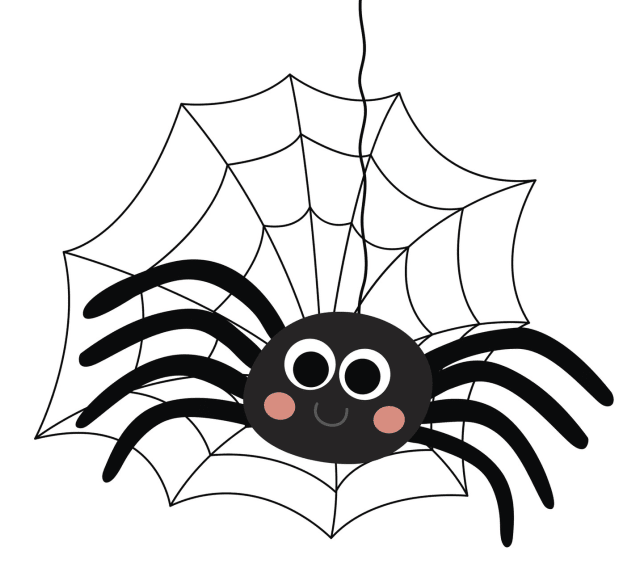
A spider's brain is so gigantic that its head doesn't have room for it. All of that extra brain actually spills over into the spider's legs. Scientists believe that this might explain arachnids’ amazing ability to spin webs.
蜘蛛的大脑非常大,所以头部没有空间了。所有多余的大脑就会分布到蜘蛛的腿上。科学家认为,这可能就是蜘蛛的织网能力惊人的原因。
9.A killer whale shuts down half of its brain when sleeping.
虎鲸睡觉时,其大脑有一半也在休息。

Whales use half of their brains for sleeping and the other half for breathing. The part of the brain that controls breathing stays awake while the other half catches some z's. Not only that, but the whale keeps one eye open (on the side of the brain that's awake) and the other closed while sleeping. It's called unihemispheric sleep, and dolphins, beluga whales, and sea lions do it, too!
鲸鱼睡觉时用一半的大脑,另一半用于呼吸。控制呼吸的部分大脑保持清醒,而另一半则进入休息状态。不仅如此,鲸鱼在睡觉时,还能保持睁着一只眼睛(大脑清醒的一侧),闭着一只眼睛。这就是所谓的“半脑睡眠”,海豚,白鲸和海狮也是这样睡觉的。
10.Woodpeckers have a super-strength skull to prevent brain injuries.
啄木鸟有防脑损伤的超强度头骨

Just take a moment to picture a woodpecker slamming its face into a tree over and over and over. Well, because it does this as a way of life, it has a unique spongey skull and neck muscles that protect the brain from the repetitive impact. In addition to that, a woodpecker has a third eyelid to ensure its eyeballs literally don't pop out of its head.
花点时间想象一下啄木鸟把它的脸一次又一次地撞向一棵树的画面。因为这是它的生活方式,所以它有独特的海绵状头骨和颈部肌肉,保护大脑免受这种重复的影响。 此外,啄木鸟还有第三只眼睑,防止其眼球从头部掉出。
11.Around two-thirds of an octopus's neurons are distributed in its arms and suckers, and not its brain.
章鱼约三分之二的神经元分布于腕足和吸盘,而非其大脑。

An octopus is equipped with 500 million neurons. More than half of these neurons are located in the limbs an individual suckers, while the remaining neurons are in the central brain and optic lobes. This distribution of neurons makes it possible for them to do incredible things with their arms — like solve puzzles, open jars, and taste with their skin.
章鱼有5亿个神经元。其中一半以上位于腕足和吸盘,其余则分布于中央大脑和视叶。神经元的分布使他们有可能用腕足做很多事——如玩智力玩具、开罐子以及与用皮肤品尝味道。
12.A cockroach can live for weeks without a head and brain.
蟑螂没有头和大脑也可以存活数周
(果然是打不死的小强!很强!)
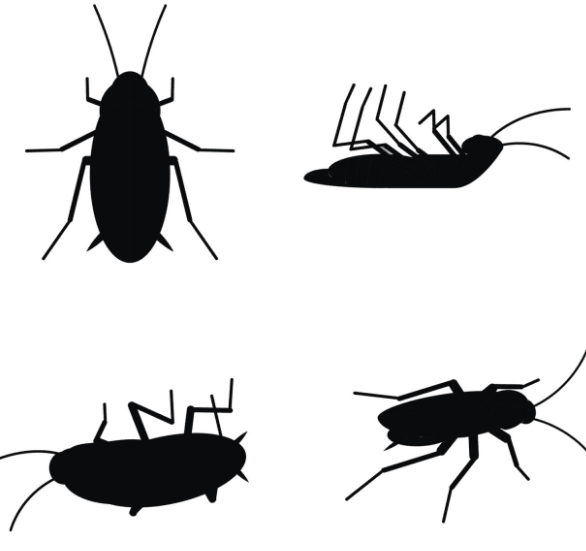
Yeah, sorry. Bad news for all roach haters. It's not a myth that a cockroach can live without a head. If a roach were to lose its head, its body would seal off the wound (by blood clotting) and go about its business until it dies of starvation.
很抱歉,这对讨厌蟑螂的人来说是个坏消息。但“小强”没有头可以存活确实是真的。如果一只蟑螂没有了头,它的身体会用血液凝固住伤口,并继续它的生活直到饿死。
13.A certain type of fungus can take over an ant's brain, literally turning it into a zombie.
某种真菌可以控制蚂蚁的大脑,把它变成“僵尸”。
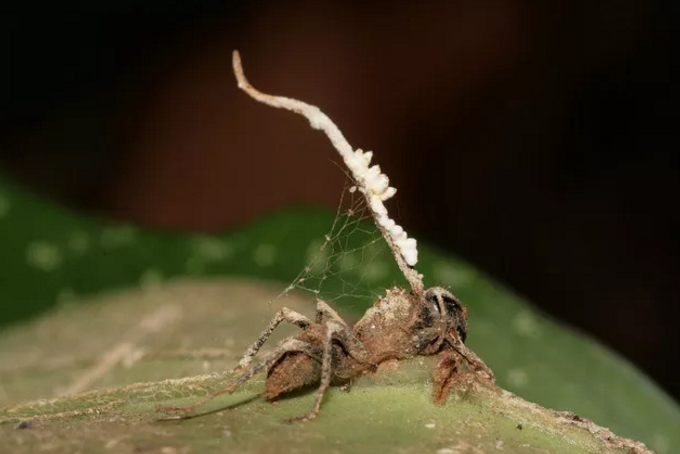
Here's what happens: a specific type of fungus relies on ants to complete its life cycle. This fungus is so advanced, though, that it won’t pick just any of the ant; it knows what specific ant to attack. So, you have an ant foraging for food, minding its own business, when it eats something with this fungus on it. The fungus immediately spreads throughout the body, releasing mind-controlling chemicals. These chemicals hijack the ant's central nervous system, forcing it climb up vegetation and latch onto leaves while the fungus finishes killing the body.
具体情况如下:某种特定真菌依靠蚂蚁成长。这种真菌非常高等,尽管它不会选择某一个蚂蚁,但它知道可以攻击哪一种。 所以,你会发现,当一个蚂蚁觅食、做着自己的“工作”,一旦它吃了附着着这种真菌的东西,真菌会立刻扩散到全身,释放出控制精神的化学物质。这些化学物质会控制蚂蚁的中枢神经系统,指使它爬上植被,并在真菌杀死蚂蚁后附着在树叶上。
The fungus then grows outside of the dead ant's body, developing a long stalk outside of the head that will eventually infect more ants that come in contact with it, starting the cycle over again.
之后,真菌会慢慢地生长到死蚂蚁的身体之外,在头部外面长出一条长长的茎,接着会感染更多接触到它的蚂蚁,重新开始循环。
The animal kingdom is a wild place.
这就是野生的动物王国。
怎么样?是不是大开了眼界呀!你还知道其他关于动物的冷知识吗?欢迎留言分享~
